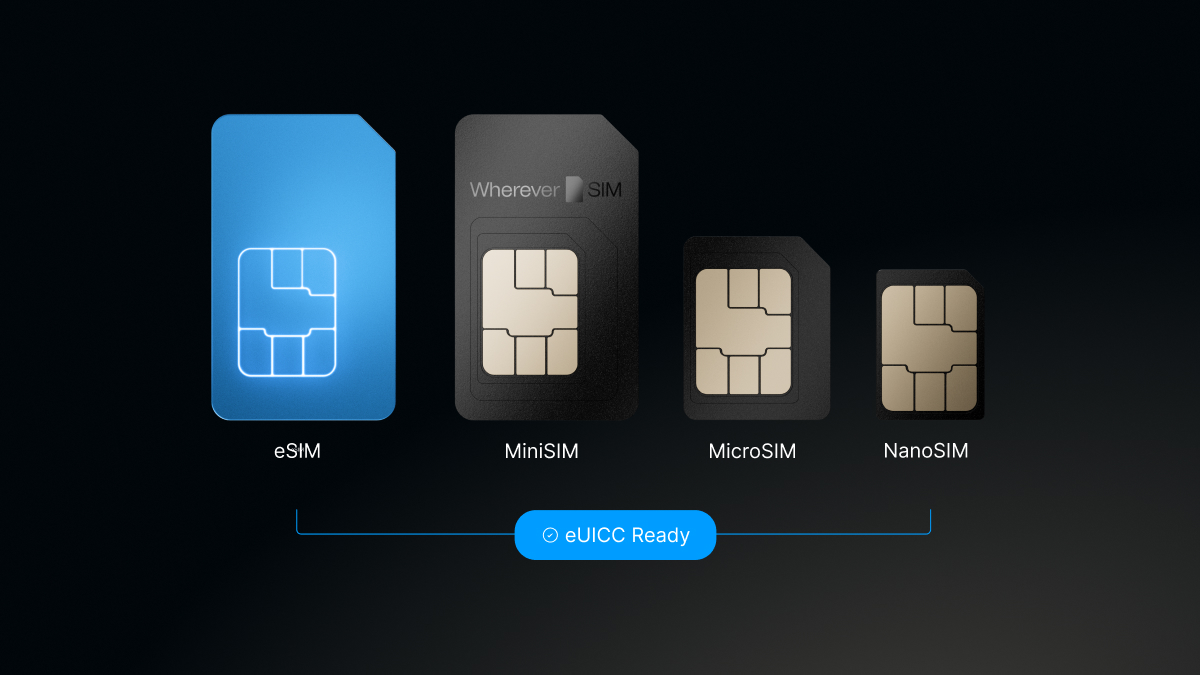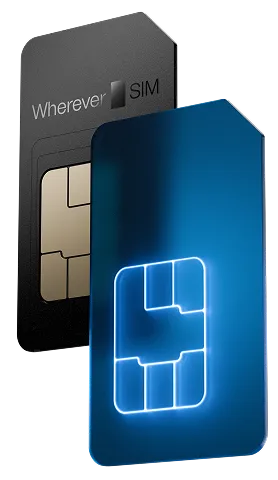"One-off for €10" or "Data flat rate for your IoT devices for €5 per month" - what sounds cheap at first glance can end up being expensive. Very expensive. Especially if the prepaid business model proves to be uneconomical and the IoT SIMs can no longer be used, for example due to the provider's insolvency. However, prepaid tariffs are not a bad choice per se - under the right circumstances and with the right IoT partner, they can make perfect sense.

Basics: Price structures of IoT and M2M plans
One-off fees for the purchase of IoT SIM cards, monthly basic fees, activation fees and more - M2M and IoT SIM cards incur different costs than a standard SIM card in a smartphone. In addition to an online portal, which is usually maintained for the management of IoT SIMs, a remote access option, e.g. via VPN and the creation of a data pool across all SIM cards, the support requirements on the customer side are often higher. Each provider of IoT SIM cards takes these costs into account in their offers in their own way.
On the provider side, there are also the framework agreements with different network operators so that its M2M SIMs can use different mobile networks at all. Without these agreements, IoT SIM cards can neither roam cheaply nor provide end devices with a data connection from anywhere. These agreements are fixed for a certain period of time and conditions may be renegotiated after expiry. And this is precisely where the greatest risk lies, both for providers and users of M2M prepaid tariffs: cost adjustments by the network operator that are enforced during the validity period of the prepaid product.
Economic planning errors: insolvency or additional costs
If the conditions deteriorate for the prepaid provider, the SIM cards sold will cost them more than they originally calculated. If too many SIM cards are affected, in the worst-case scenario the business is no longer profitable for the provider - instead of earning money, the provider pays more.
In such a case, there are usually only two options: Pass on the increased costs for the IoT SIMs to your own customers, or stop the loss-making business, either through insolvency or termination of the SIM cards concerned. In both cases, the customer ultimately loses out. They either have to pay more than originally planned, making their project more expensive for the entire remaining term. This is particularly annoying if other providers that initially seemed more expensive would have been cheaper for them in the long term. Alternatively, they may have to look for a new provider, go through the entire selection process again and also replace the IoT SIMs previously used.
In order to minimize the risk of sudden cost increases or insolvency, it is advisable to ensure transparent contract terms and clear fallback levels in the event of unforeseen circumstances when selecting an M2M SIM provider.
Insolvency with IoT prepaid tariffs: Caution if there is no backup for continued operation
In most cases, IoT SIM cards are not used for short-term projects, but for long-term projects. Everyone wants to be sure that the installed M2M SIM cards will also transmit data in the long term. If end devices are in use worldwide, replacing the IoT SIMs in particular is a logistical nightmare - which is also likely to be extremely cost-intensive. So what happens if the provider discontinues the service?
Usually, providers of M2M SIM cards have contractual partners who contractually take over the IoT SIMs sold in the event of insolvency and thus ensure continued operation. At wherever SIM , we have secured our customers via major international network operators in the very unlikely event of insolvency. If a prepaid provider goes bankrupt because the operation of the IoT SIMs it sells is not profitable, there is a high risk that continued operation will most likely not be worthwhile for another company either. If there is no backup to ensure continued SIM operation, the only option for customers is to end the project or replace the SIM cards. IoT SIM cards that can be remotely loaded with a new network operator profile are rarely available in prepaid tariffs.
Insolvency may be an extreme case. But the risk is there and costs are calculated very tightly, especially with extremely low-cost IoT prepaid tariffs that are atypical for the market. There is often a goal behind this: To get into projects, gain market share - and raise prices or sell additional services at a later date. After all, once IoT SIMs are in use, switching is usually not that easy or involves a lot of effort for customers.
So if you are considering using an IoT prepaid tariff for your project, we strongly recommend that you check with the relevant provider before purchasing how SIM operation is secured in the event of the provider's insolvency.
IoT prepaid tariffs: Not a bad choice per se, but keep your eyes open when choosing a provider
Prepaid tariffs can be an attractive solution for IoT projects, especially with clear budget planning and a flexible, transparent contract structure. However, choosing the right partner who can offer stability and service is crucial to minimize the risk of unexpected additional costs or a change of provider. Find out about the conditions in advance and ask about the security your provider offers in the event of problems or changes. If you are looking for a reliable solution for your IoT projects, you can buy a suitable M2M SIM card from us.





